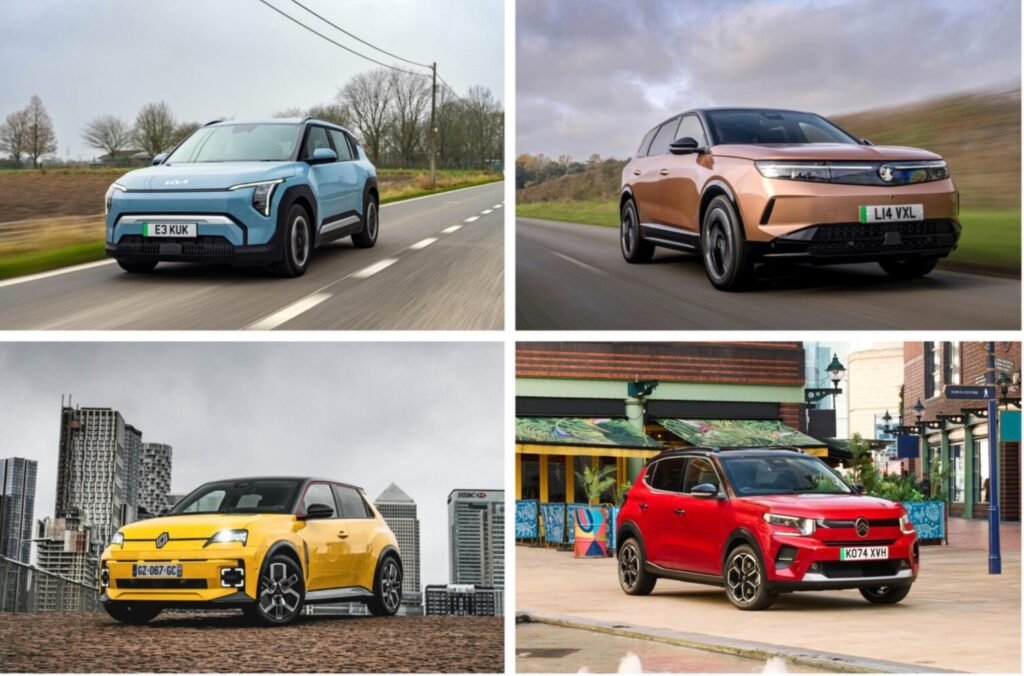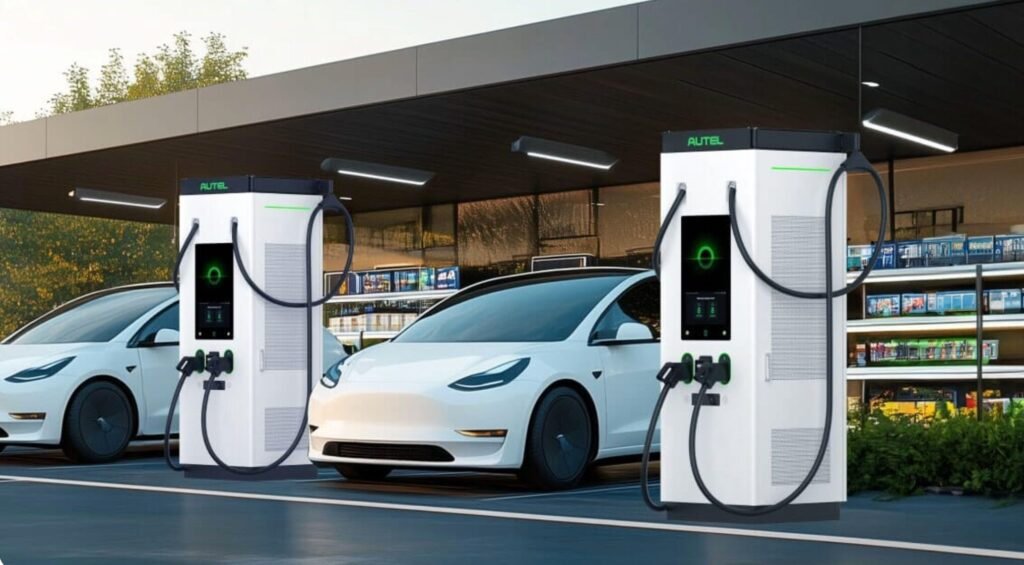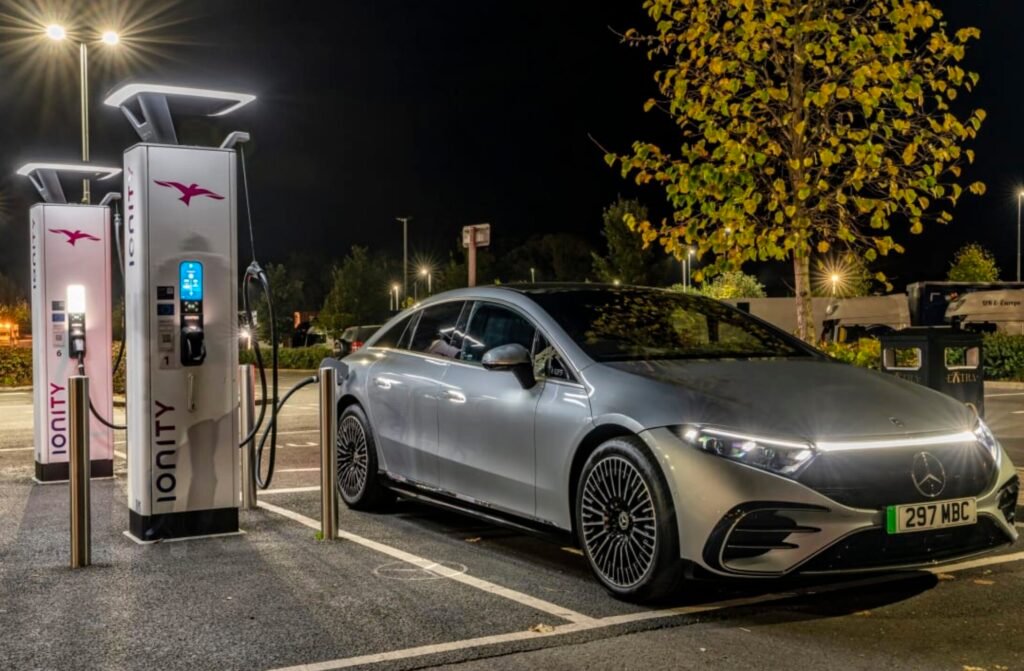Electric cars in 2025: Innovation and Cutting-Edge Technology is not just a trend but a revolution shaping the future of transportation. As the automotive industry continues to transition away from fossil fuels, 2025 stands as a landmark year for electric vehicle (EV) development. Automakers worldwide are introducing advanced models, featuring longer ranges, faster charging, and smarter integration with digital ecosystems. These innovations not only improve the driving experience but also contribute significantly to global sustainability goals.

The Concept Behind Electric Cars in 2025

Electric cars in 2025 represent the culmination of decades of technological advancements in battery chemistry, charging infrastructure, and vehicle design. Unlike traditional internal combustion engine (ICE) vehicles, EVs rely on electric motors powered by rechargeable batteries, offering cleaner and more efficient mobility solutions.
Key features defining 2025 EVs include:
- Next-generation solid-state batteries for improved range and safety.
- Ultra-fast charging capable of adding hundreds of kilometers in minutes.
- AI-powered driving assistance and semi-autonomous features.
- Vehicle-to-Grid (V2G) technology allowing cars to supply power back to the grid.
Benefits of Electric Cars in 2025

Electric cars in 2025 offer a range of advantages that make them increasingly attractive to both consumers and governments.
1. Environmental Sustainability
With zero tailpipe emissions, EVs significantly reduce air pollution and greenhouse gas emissions, helping combat climate change. Many countries are also shifting to renewable energy sources, making EVs even greener.
2. Lower Operating Costs
While upfront prices can still be higher, EV owners benefit from reduced fuel costs, lower maintenance needs (no oil changes, fewer moving parts), and government incentives.
3. Enhanced Driving Experience
Instant torque, smooth acceleration, and quiet operation make EVs enjoyable to drive. The latest models also feature advanced infotainment systems, over-the-air updates, and customizable driving modes.
4. Energy Independence
Switching to electric reduces reliance on imported oil, promoting energy security and economic stability.
Challenges and Limitations

Despite their advancements, electric cars in 2025 still face challenges.
1. Charging Infrastructure
While urban areas have abundant charging stations, rural and remote locations often lag behind. Governments and private companies are investing heavily, but gaps remain.
2. Battery Costs
Although prices have dropped significantly, high-capacity battery packs still represent a large portion of an EV’s cost.
3. Range Anxiety
Even with ranges exceeding 500 km, some drivers remain concerned about long trips, particularly in areas with limited charging options.
4. Resource Sustainability
The mining of lithium, cobalt, and other battery materials raises environmental and ethical concerns, prompting research into alternative chemistries and recycling.
Real-World Examples of Electric Cars in 2025

Automakers have released impressive models that showcase the potential of EV technology in 2025.
- Tesla Model S Plaid+ – Combining over 800 km of range with extreme acceleration, this model represents the peak of EV performance.
- Mercedes-Benz EQS – A luxury electric sedan with AI-powered driving assistance and a futuristic MBUX Hyperscreen.
- Nissan Ariya 2025 Edition – Affordable, stylish, and equipped with next-gen battery tech.
- Rivian R1T – An electric pickup that combines utility, off-road capability, and sustainability.
Future Trends and Predictions
By 2030, the EV market is expected to dominate global new car sales, and the advancements in 2025 are paving the way for this shift.
Key trends include:
- Autonomous driving becoming mainstream with Level 4 and Level 5 vehicles.
- Widespread adoption of wireless charging for added convenience.
- Integration with smart cities, where EVs communicate with infrastructure for optimized traffic flow.
- Battery recycling and circular economy practices to address sustainability concerns.
- Global policy shifts pushing for ICE bans in more regions, accelerating EV adoption.
FAQ – Electric Cars in 2025: Innovation and Cutting-Edge Technology
1. What makes electric cars in 2025 different from earlier models?
They feature solid-state batteries, faster charging, enhanced AI systems, and greater integration with renewable energy systems.
2. How far can most 2025 electric cars travel on a single charge?
Many models now exceed 500–800 km, depending on the vehicle and driving conditions.
3. Are electric cars in 2025 more expensive than gas cars?
Upfront prices can be higher, but total ownership costs are often lower due to savings on fuel and maintenance.
4. Can electric cars in 2025 charge at home?
Yes, most owners install home charging stations, and new models support faster home charging speeds.
5. Will there be enough charging stations by 2025?
Infrastructure is expanding rapidly, especially in urban areas, though rural coverage still needs improvement.
Conclusion
Electric cars in 2025: Innovation and Cutting-Edge Technology marks a pivotal point in the global shift toward sustainable transportation. With advancements in battery technology, charging infrastructure, and intelligent driving systems, EVs are more appealing than ever. While challenges like infrastructure gaps and material sourcing remain, the overall trajectory points toward a cleaner, smarter, and more efficient mobility future.
For consumers, this is an ideal time to explore the growing variety of EVs available—whether you’re seeking performance, luxury, affordability, or practicality. The innovations of 2025 are setting the standard for the decades to come.






